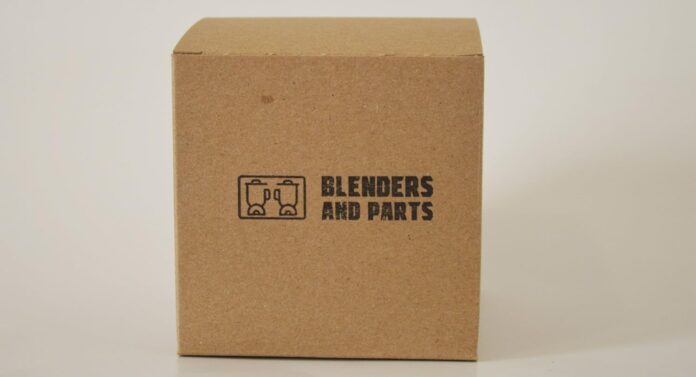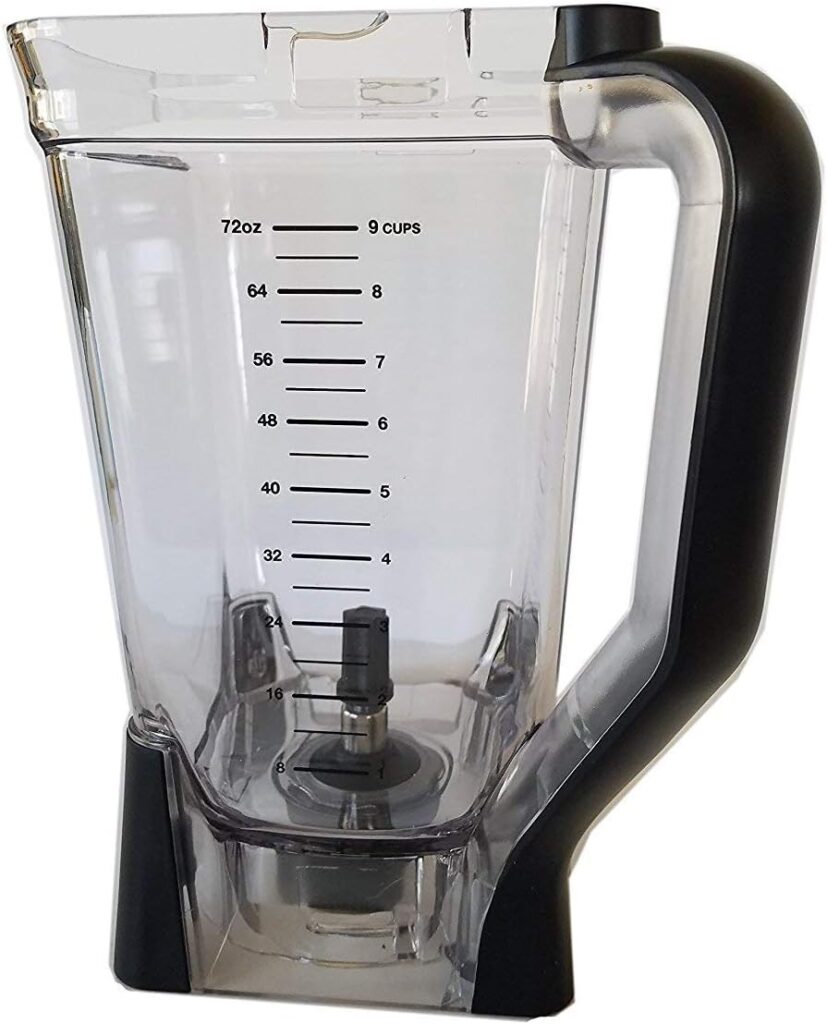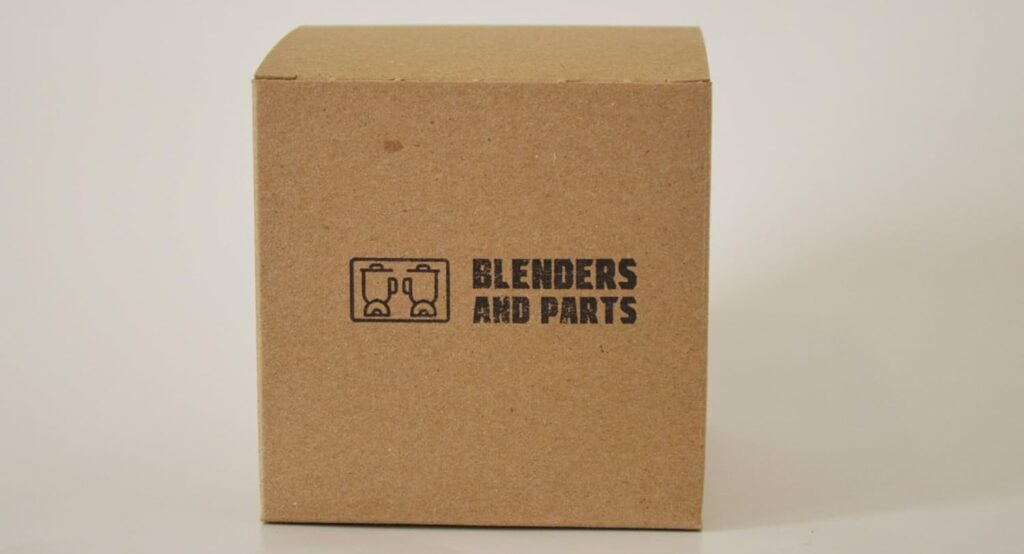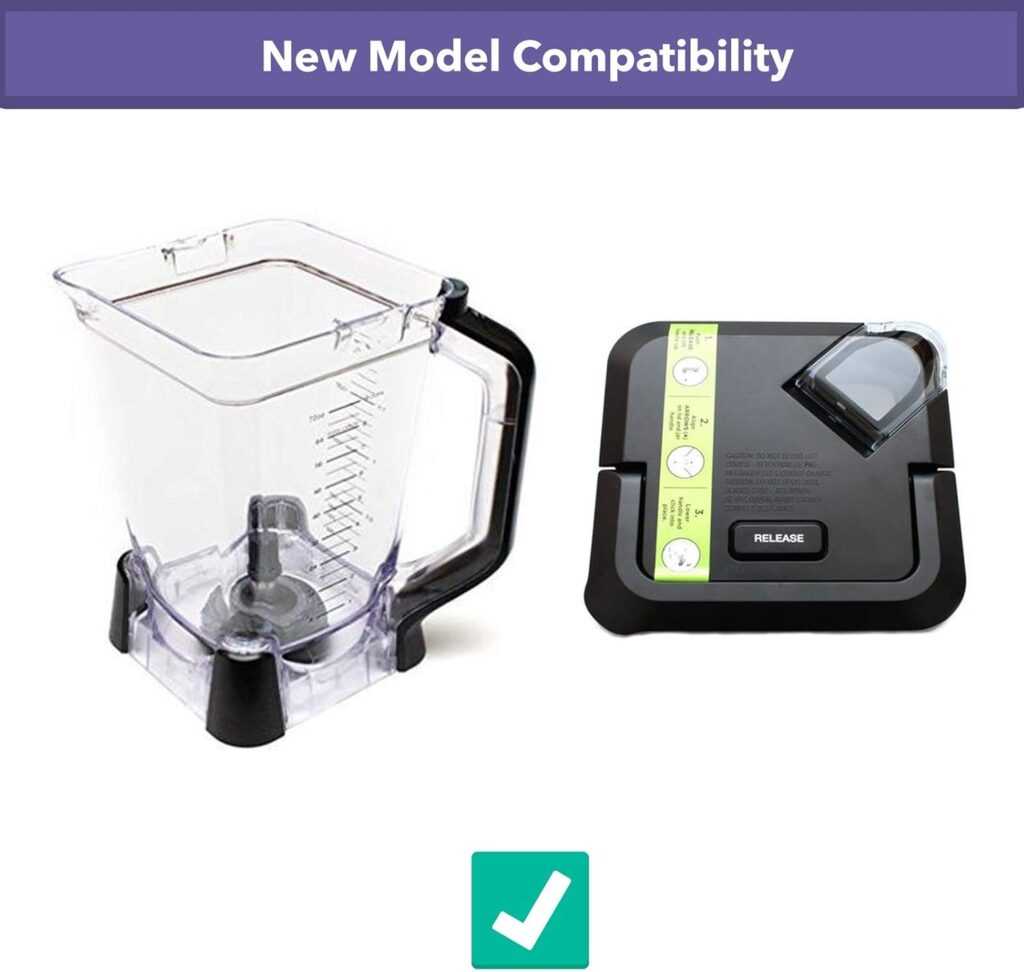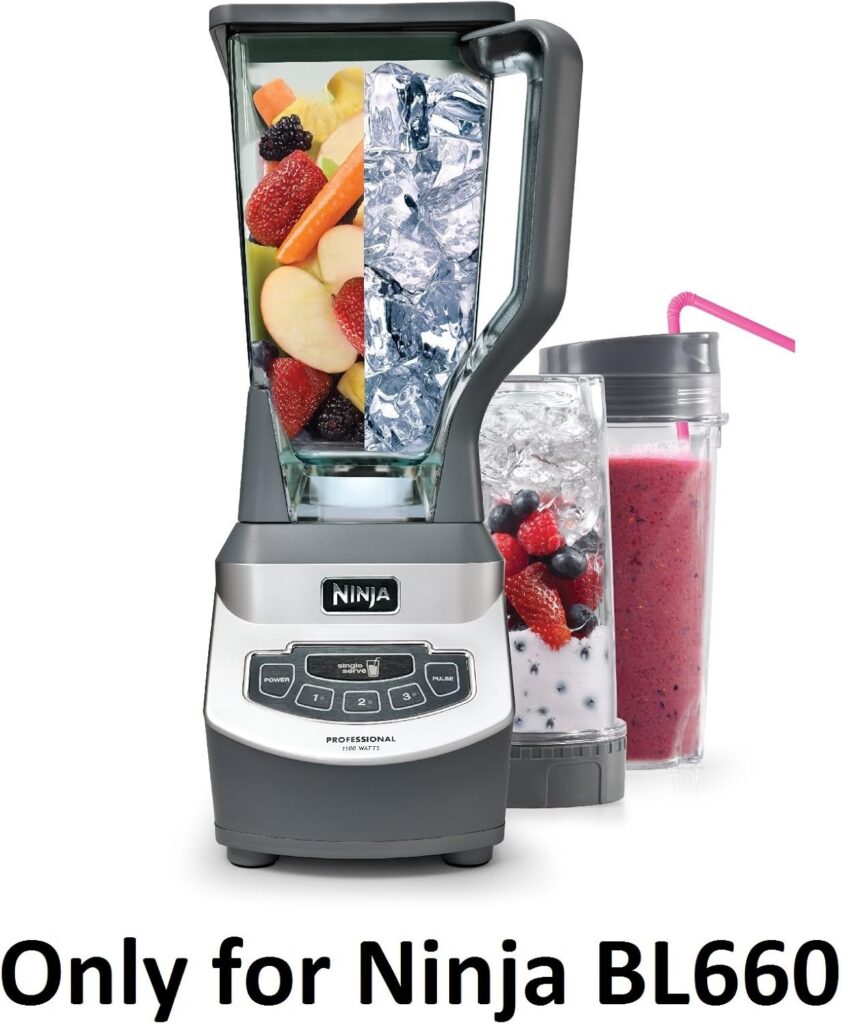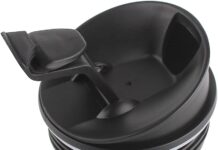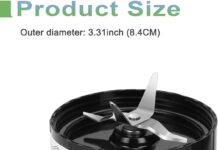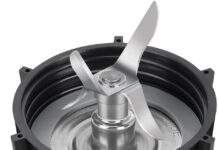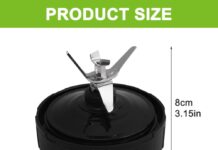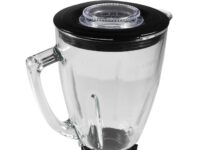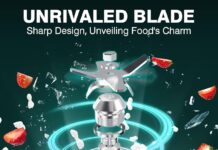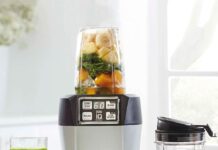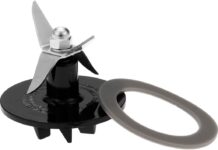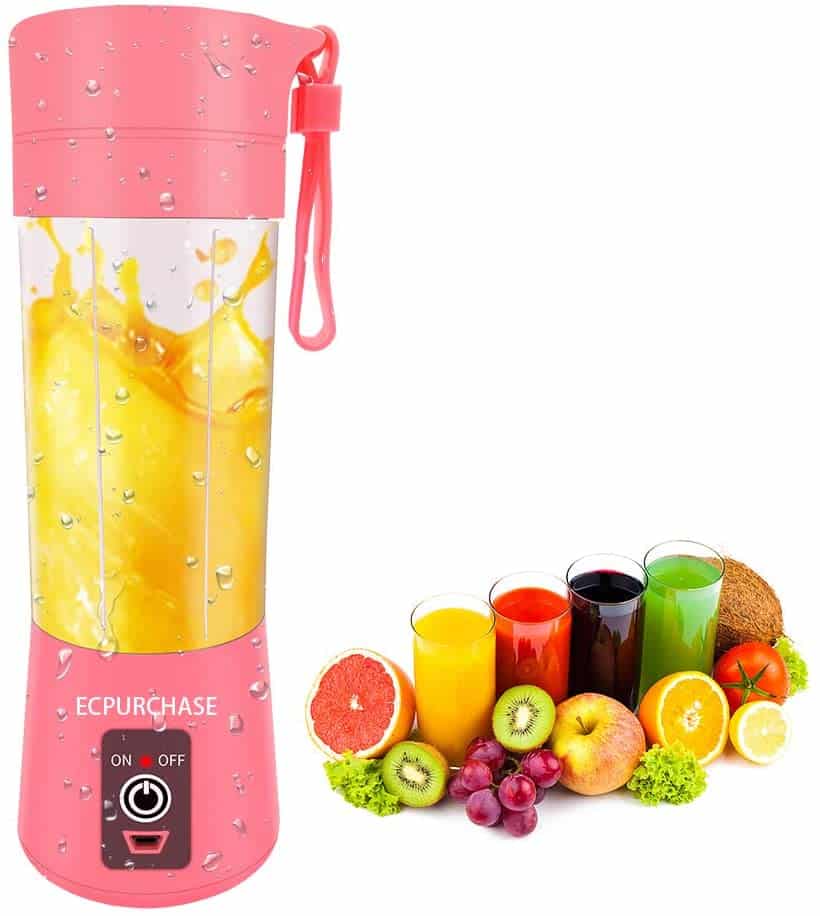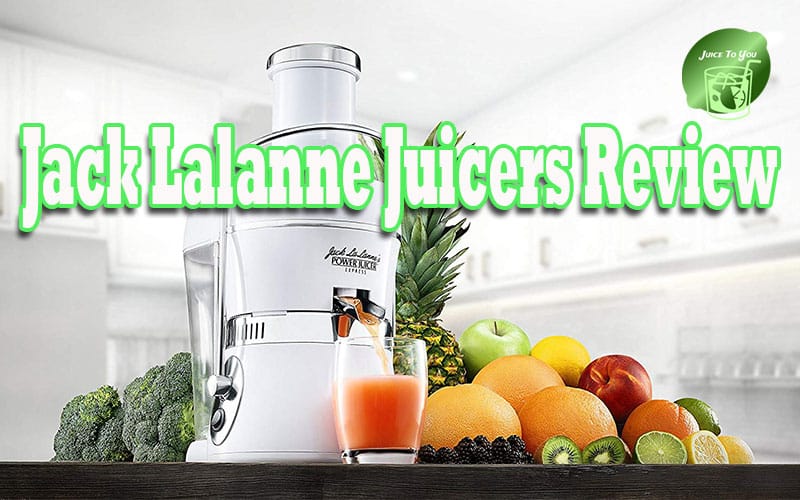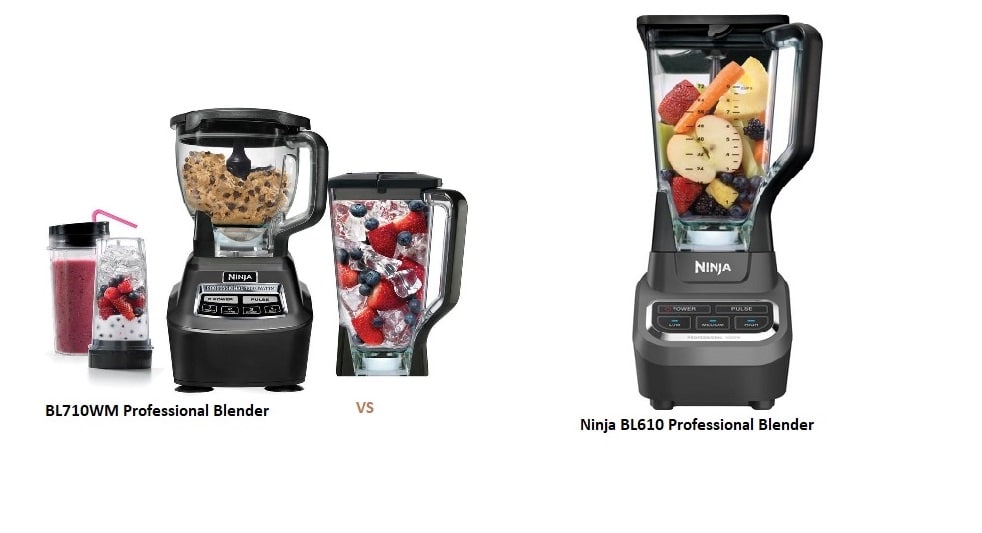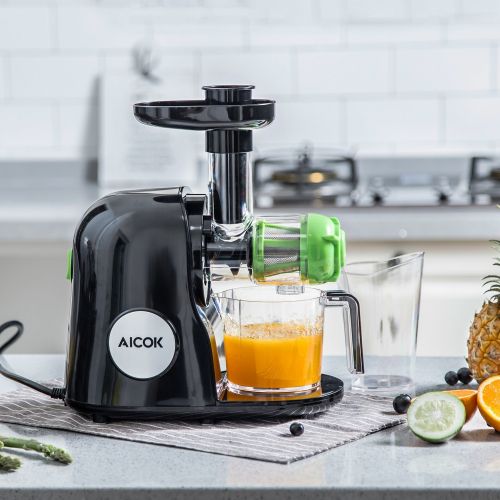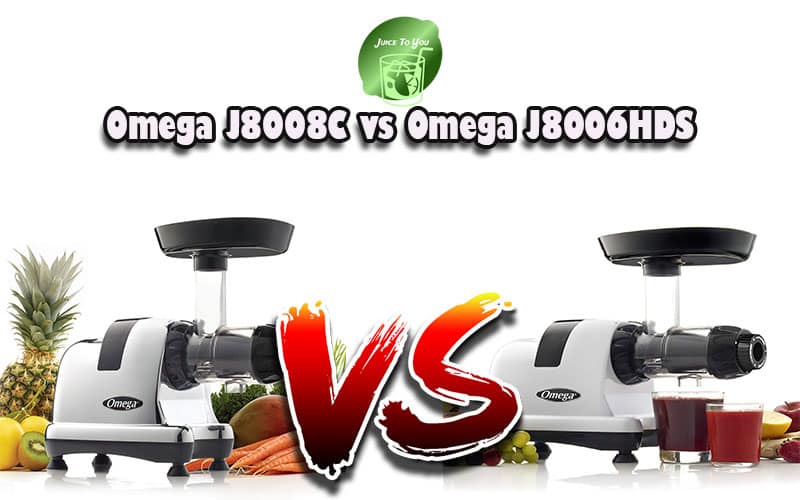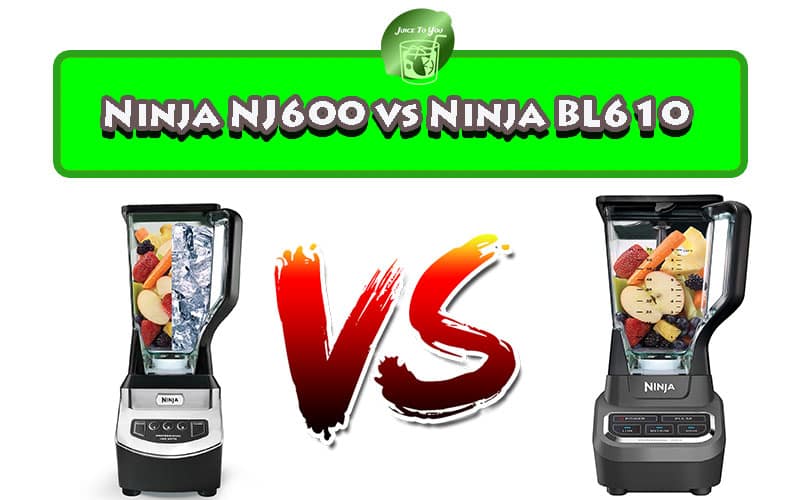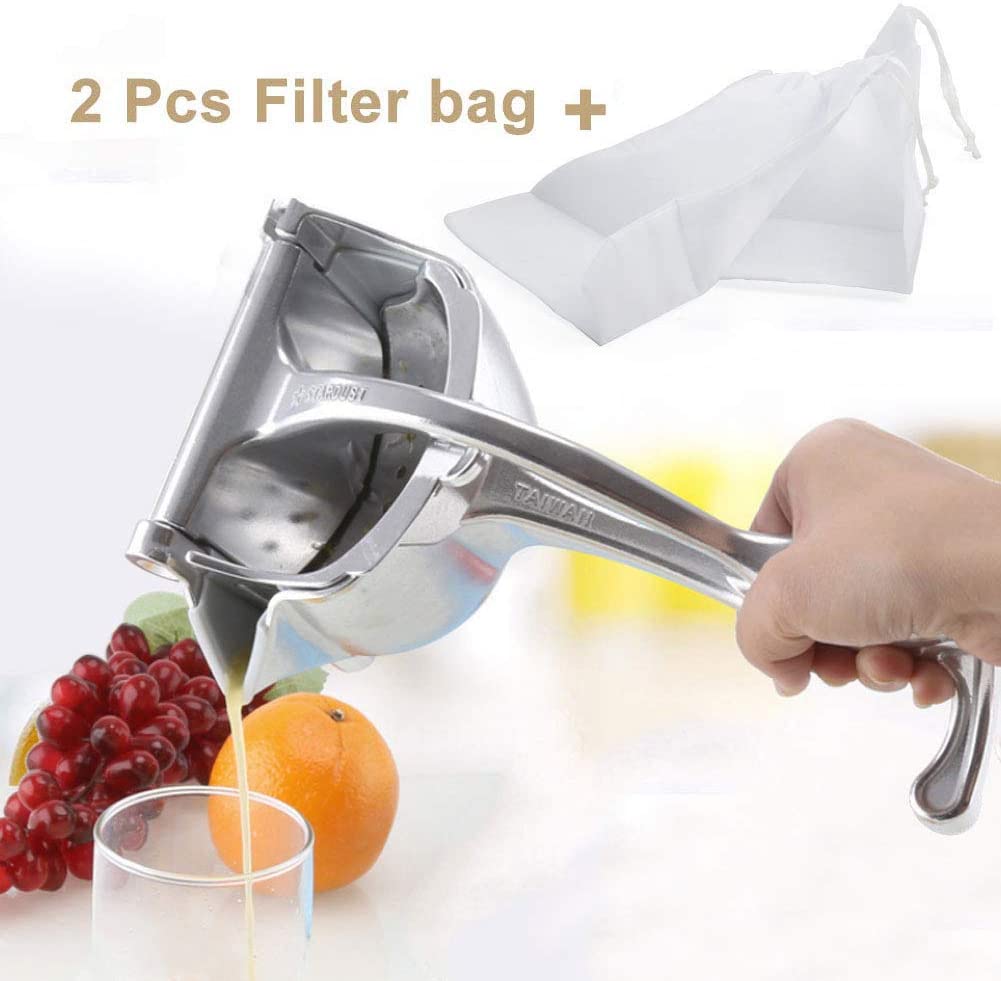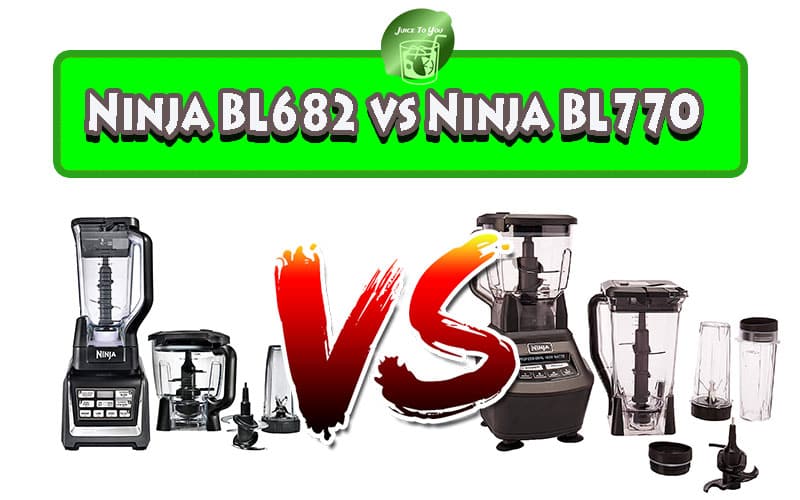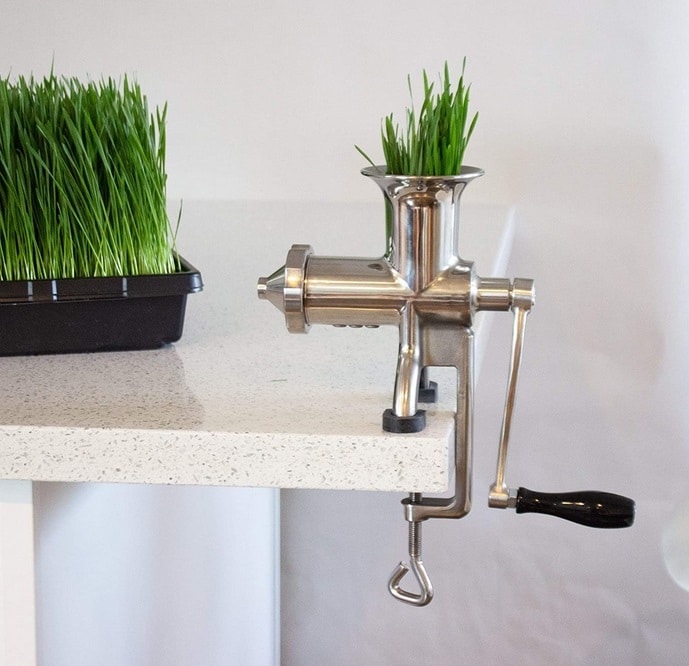Are we looking for a reliable replacement pitcher for our Nutri Ninja BL660 and trying to decide if the “Genuine Ninja BL660 replacement parts (Pitcher new model)” is the right choice for us?
Product Overview
We want to summarize what this product is and why it matters to owners of the BL660. The “Genuine Ninja BL660 replacement parts (Pitcher new model)” is a re-packaged OEM pitcher supplied by Enbizio and designed specifically for the BL660 base unit.
We appreciate that this item is described as a genuine OEM part, which suggests it should match the original in fit and function. It arrives in Enbizio-branded packaging, and while Enbizio is not affiliated with Ninja, the product is intended to pair directly with the BL660 model.
What the Listing Tells Us
We like to begin with the clear points taken from the product details so we can set realistic expectations. The listing states compatibility with the BL660 and clarifies that the item is an OEM part re-packaged by Enbizio, and that Enbizio is not affiliated with Ninja.
We also note the important limitation spelled out by the seller: this pitcher is intended only for the BL660 and will not work with other blenders. Trademarks referenced in the listing belong to their respective holders, including Ninja.
Key Specifications
We find it helpful to have the key info compact and easy to scan. Below we present the most relevant specifications based on the product details and common attributes of replacement pitchers.
| Specification | Details |
|---|---|
| Product name | Genuine Ninja BL660 replacement parts (Pitcher new model) |
| Compatibility | Only compatible with BL660 |
| Origin | Genuine OEM part (re-packaged by Enbizio) |
| Packaging | Enbizio branded box |
| Affiliation | Enbizio is not affiliated with Ninja |
| Fit notes | Will not work with other blender models |
| Trademarks | Ninja and other model names are trademarks of their respective holders |
We include this table so we can quickly refer back to the essentials when weighing whether this pitcher meets our needs. If we need additional specs like exact capacity or materials, we recommend checking the original BL660 manual or the seller’s extended listing for confirmation.
Compatibility and Fit
We always consider compatibility first when shopping for replacement parts, because a perfect fit determines whether a part will be useful. This pitcher is explicitly intended only for the BL660 base, which makes the decision straightforward for anyone who owns that exact model.
We should be careful not to try this pitcher on other Ninja models or third-party bases, since the listing warns it will not work with other blenders. When we replace a critical component like a pitcher, ensuring secure locking and correct alignment is essential for safe and effective blending.
Why Compatibility Matters
We want to emphasize that compatibility affects both performance and safety. A pitcher that doesn’t seat correctly can leak, pop off the base during operation, or fail to engage the blade mechanism.
We suggest that we double-check the model number printed on our blender base or in the manual before purchasing, to prevent frustration and returns.
Build Quality and Materials
We like to evaluate build quality because it predicts durability and how closely the replacement matches the original. Since this item is identified as a genuine OEM part, we expect the materials and construction to mirror the original manufacturer’s standards.
We should note that the listing does not explicitly list material composition, such as whether the pitcher is BPA-free or the exact type of plastic used. Given its OEM status, we reasonably expect similar materials to the original BL660 pitcher, but we recommend confirming material and safety details with the seller if those specifics matter to us.
Durability Expectations
We look for sturdy wall thickness, a well-joined handle, and a reliable base that seals properly with the blade assembly. These aspects together help prevent cracking, leaks, and premature wear.
We also consider how often we use our blender and what we blend—frequent use and blending ice or hard ingredients accelerate wear, so a high-quality OEM pitcher is usually a safer bet for longevity.
Installation and Use
We prefer replacement parts that are straightforward to install and behave exactly like the original. Installing this pitcher on the BL660 should be intuitive: seat the pitcher on the base, ensure it clicks or locks into place, and confirm that the blade coupling engages correctly.
We recommend that we handle the blade assembly carefully and observe any safety instructions in the BL660 manual during installation. Good practice includes disconnecting the blender from power before handling components and ensuring everything is dry and correctly aligned.
Installing the Pitcher Step-by-Step
We like to break installation down into simple steps so we can avoid mistakes. First, we remove the old pitcher and blade, clean the base area, then set the replacement pitcher on the base and twist (or lock) it into place as per the original model’s mechanism.
We remind ourselves to test the locking mechanism by turning the pitcher or gently tugging to ensure it’s secure before running the blender. If something feels loose or wobbly, we should stop and re-seat the pitcher to prevent leaks or detachment.
Everyday Use Notes
We appreciate a pitcher that feels comfortable to hold and pours cleanly. While the listing doesn’t go into ergonomic detail, an OEM replacement typically preserves the original handle and spout design, which helps maintain a familiar pouring experience.
We also suggest that we pay attention to how small amounts of liquid or chunky mixtures interact with the blade interface to avoid trapping food at the base, which can cause uneven wear or odor over time.
Performance and Functionality
We value a replacement pitcher that maintains the original blender’s performance—consistent blending, secure seal, and durability under typical loads. Because this is a genuine OEM part, we expect the functional fit and performance to align with our prior experience with the BL660.
We want to point out that actual performance will also depend on the condition of the blender base and blade assembly. A new pitcher can restore tight seals and clean flow, but it won’t compensate for a worn or damaged blade coupling on the motor base.
How It Impacts Blending Results
We notice that a correct-fit pitcher preserves the original geometry and clearance between the blades and container walls, which helps maintain blending efficiency. With a proper clearance, we should see similar chopping and pureeing behavior to the original pitcher.
We recommend testing the replacement with a standard smoothie mix first to confirm consistent blending and to check for leaks or unusual vibration.
Noise and Vibration
We often find that a snug pitcher contributes to less vibration and more predictable noise levels. If the pitcher does not seat properly, we may hear rattling or increased noise, indicating the need to re-seat or inspect the base.
We should also be mindful of overfilling or running the blender with frozen blocks or very dense mixtures without sufficient liquid, as these factors increase strain and noise regardless of the pitcher.
Design and Ergonomics
We care about how easy the pitcher is to handle and clean, because those touchpoints influence daily satisfaction. Being an OEM part, we expect the pitcher to preserve the BL660’s original handle shape, pouring spout, and measurement markings if present.
We find that clear, practical design elements—like a comfortable, secure handle and a spout that pours without glugging—make for obvious improvements in utility.
Lid and Seal Design
We examine how a lid fits on the pitcher and whether there’s a secondary seal for the blade assembly. A good lid should sit snugly without wobble and should allow for secure locking if the original design used a locking lid.
We remind ourselves that missing or warped seals can lead to leaks or splashes during operation, so inspecting those parts when we receive the replacement is a quick step that helps prevent surprises.
Care and Maintenance
We think about maintenance because a replacement pitcher should be easy to keep clean and free of odors or staining. While specific care guidelines are not provided in the listing, OEM parts typically follow the original manufacturer’s care recommendations.
We advise that we consult the BL660 manual or contact the seller about dishwasher compatibility and cleaning recommendations. If we prefer to be cautious, hand washing and avoiding abrasive scouring pads will help prolong the pitcher’s appearance and seals.
Cleaning Tips
We recommend rinsing immediately after use to avoid food drying in crevices, and using a mild detergent and warm water for general cleaning. For stubborn residues, a soak or a short run with warm water and dish soap in the pitcher can loosen trapped particles.
We also advise checking the blade assembly gasket area and the bottom of the pitcher for trapped food, and removing any remnants to avoid odors or bacterial buildup.
Storage and Longevity
We prefer to store the pitcher dry and with the lid off when not in use to reduce the risk of trapped moisture causing odors. If we notice any cracks, clouding, or persistent odors that can’t be removed with cleaning, it’s a sign the pitcher might need replacement again.
We find that treating the pitcher gently during handling—avoiding drops and hard impacts—extends its usable life significantly.
Pros and Cons
We want to give a balanced view so we can weigh benefits against any downsides. Below we summarize what we see as the main strengths and weaknesses of this product.
Pros:
- OEM quality promising an accurate fit and original performance.
- Re-packaged by Enbizio, which can make shipping and returns more straightforward through the seller.
- Clear compatibility statement reduces the risk of ordering the wrong part if we own a BL660.
Cons:
- Only compatible with the BL660, so it’s not a universal replacement for other Ninja models.
- The listing lacks detailed material and care specifications, which means we may need to confirm those before purchasing.
- Enbizio is not affiliated with Ninja, so warranty or support expectations may differ from buying directly from the original manufacturer.
We believe that these points help clarify whether this pitcher meets our priorities—fit first, then materials and support.
Comparison with Alternatives
We usually compare OEM replacements to third-party generic pitchers and official manufacturer replacements to determine value. For owners of the BL660, an OEM part often offers the best match for fit, while aftermarket parts can be less expensive but sometimes sacrifice fit or finish.
We find that official manufacturer replacements (sold under the brand name) and genuine OEM parts re-packaged by reputable resellers are generally closer in quality than generic third-party options. However, cost-conscious buyers might opt for aftermarket pitchers if price is the main concern.
OEM vs. Aftermarket
We tend to trust OEM parts for critical elements like pitch alignment and seal geometry because those aspects influence safety and performance. Aftermarket parts can vary widely; some are excellent, while others may not seat properly or may use different materials.
We recommend that we read reviews of aftermarket pitchers carefully and, whenever possible, confirm return policies so we can test the fit without risk.
Buying From Enbizio vs. Direct From Brand
We appreciate that Enbizio re-packages genuine OEM items and may offer competitive pricing and accessible shipping. However, we acknowledge that because Enbizio is not affiliated with Ninja, we should verify warranty coverage and support paths.
We suggest that we keep documentation and packaging if warranty or warranty-like service is needed, and confirm seller policies before purchasing.
Price and Value Considerations
We think about price relative to how often we use our blender and the cost of replacing multiple parts over time. A slightly higher price for an OEM pitcher can be justified by improved fit, reduced risk of leaks, and longer life compared to cheaper alternatives.
We also recommend checking multiple sellers for price comparisons and shipping deals, and factoring in return policies. When we consider value, we weigh long-term performance and fit more heavily than a marginally lower price.
When to Invest in OEM
We advise investing in an OEM replacement when we rely on the blender frequently, use it for tough blending tasks (like crushing ice), or want reassurance that the pitcher will match the original’s performance. For occasional users, a less expensive alternative might make sense if reviews indicate acceptable fit.
We should also factor in the hassle and potential cost of returns if an aftermarket pitcher fails to fit correctly.
Packaging and Shipping
We note that the listing states the item will come in an Enbizio-branded box, which helps with identification and returns. Careful packaging is important for fragile parts like pitchers, especially the lid and the blade interface.
We recommend we inspect the product upon receipt for any shipping damage, and retain packaging until we confirm the part works as expected. If we receive a damaged item, having original packaging and photos helps speed up a return or replacement.
Return and Replacement Policies
We encourage checking the seller’s return policy before purchasing so we can understand the timeframe, condition requirements, and any restocking fees. Enbizio’s re-packaging suggests they handle distribution, so their policies might differ from Ninja’s manufacturer policies.
We also advise documenting the condition upon arrival—taking quick photos of any damage or defects to support a claim if needed.
Environmental and Safety Notes
We try to be mindful of environmental impacts and safety when purchasing replacement parts. Replacing one component instead of tossing an entire blender reduces waste and extends the life of our appliance.
We also emphasize safety: we should ensure the pitcher and any seals are intact before operation, keep hands clear of the blade, and unplug the blender before installing or removing parts.
Disposal and Recycling
We recommend following local recycling guidelines for plastic components if we eventually dispose of the pitcher. Many communities accept certain types of plastic, but it’s important to check the type and local rules.
We further encourage responsible disposal of worn rubber gaskets or seals in accordance with municipal guidance.
Frequently Asked Questions
We like to answer common concerns we know other buyers typically have when considering replacement pitchers.
Q: Is this pitcher compatible with blender models other than the BL660? A: No, the listing explicitly states it is only compatible with the BL660 and will not work with other blenders.
Q: Is this an official Ninja product? A: The listing describes it as a genuine OEM part that has been re-packaged by Enbizio; Enbizio is not affiliated with Ninja. We interpret that to mean the part originated from the OEM supply chain but is sold through Enbizio’s packaging.
Q: Will the pitcher fit new and older versions of the BL660? A: The product is described as compatible with the BL660. If the BL660 has multiple revisions, we recommend confirming the model number on our base and consulting the seller if we have concerns about minor revisions.
Q: Are material and dishwasher-safety details provided? A: The product details do not specify materials or dishwasher compatibility. We advise contacting the seller directly or referencing the original BL660 documentation for care recommendations.
Q: What should we do if the pitcher arrives damaged or doesn’t fit? A: Retain the packaging, document the issue with photos, and contact the seller promptly to arrange a replacement or return under their policy.
Real-World Use Cases
We find it useful to consider scenarios that reflect everyday use so we can imagine how the pitcher will perform in our routine. For smoothies, frozen desserts, and crushing ice, a well-fitting pitcher helps maintain consistent results and safe operation.
We also see value for households that use their BL660 for meal prep tasks like making sauces, purees, or nut butters; in those cases, an OEM pitcher that maintains original geometry can be especially helpful for consistent texture.
For Frequent Blenders
We recommend an OEM replacement for users who blend daily or subject their pitcher to heavy use, because OEM fit reduces stress on the base and coupling.
We further suggest regular checks of the blade assembly and seals when used often to catch wear early.
For Occasional Users
We recognize that occasional users might be satisfied with a more budget-friendly alternative, but we caution that improper fit from cheaper third-party pitchers can create headaches even with light use.
If we are occasional users but value convenience and longevity, opting for the OEM replacement reduces the chances of needing another purchase soon.
Troubleshooting Common Issues
We want to help avoid preventable problems and keep our appliance running smoothly. If the pitcher leaks, we recommend checking that the blade assembly gasket is seated correctly and that the pitcher is fully locked into position.
If the blender vibrates excessively or produces new noises, we suggest confirming the pitcher is not cracked, that the base is level, and that the blade coupling is clean and free of debris.
Handling Leaks
We suggest removing the blade assembly carefully and inspecting the gasket for wear or misalignment if we encounter leaks. Replacing a worn gasket often resolves leaks, and ensuring the pitcher seats without cross-threading or misalignment helps prevent recurrence.
Addressing Fit Issues
If the pitcher does not seem to seat correctly, we recommend comparing it to the original pitcher to confirm design alignment, checking for any remnants or debris in the coupling area, and contacting the seller if the fit still seems off.
Final Thoughts and Recommendation
We believe that the “Genuine Ninja BL660 replacement parts (Pitcher new model)” is a compelling option for anyone who owns the BL660 and needs a direct replacement. Its status as an OEM part re-packaged by Enbizio suggests it will deliver the fit and function we expect from the original pitcher.
We caution that buyers must verify compatibility, confirm material and care details if those are critical, and review Enbizio’s return and support policies before purchase. For routine and heavy users who value a precise match, this pitcher offers an attractive balance of authenticity and practicality.
Who Should Buy This
We recommend this product to BL660 owners who prioritize a faithful replacement that closely matches the original. If we use our blender frequently or rely on it for tough tasks, this OEM pitcher is likely worth the investment.
We advise budget-minded buyers or owners of different Ninja models to consider alternatives, but only after confirming fit and return policies to avoid complications.
Final Recommendation
We endorse the “Genuine Ninja BL660 replacement parts (Pitcher new model)” for BL660 owners looking for an authentic replacement that should deliver original performance and fit. We encourage checking with the seller about any remaining questions on materials or dishwasher compatibility, and keeping purchase records and packaging until we verify the fit and condition.
Disclosure: As an Amazon Associate, I earn from qualifying purchases.

